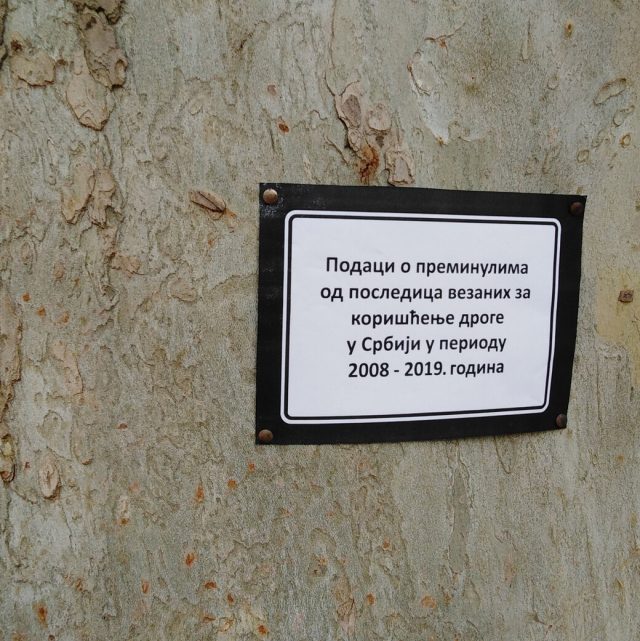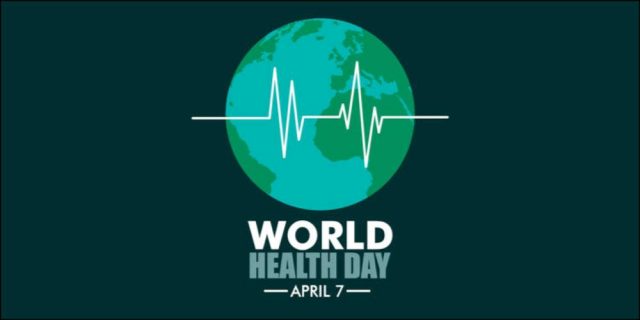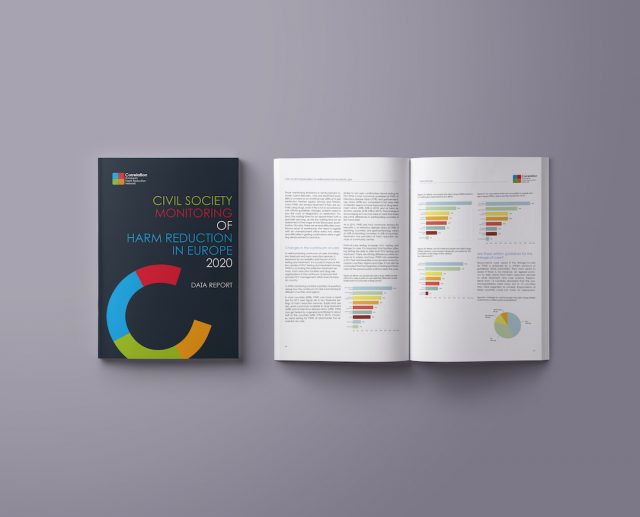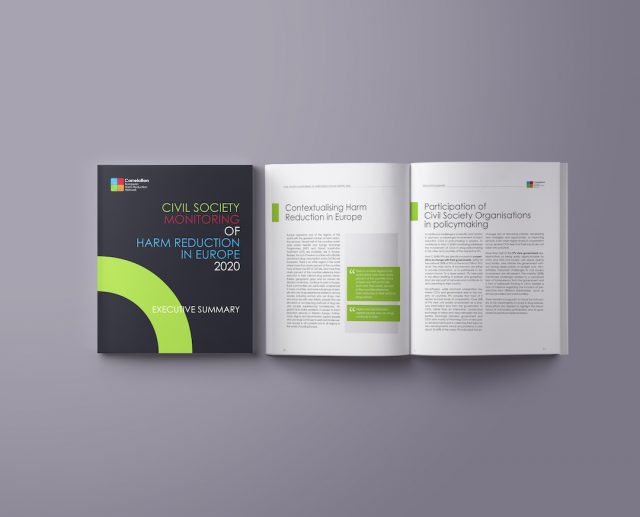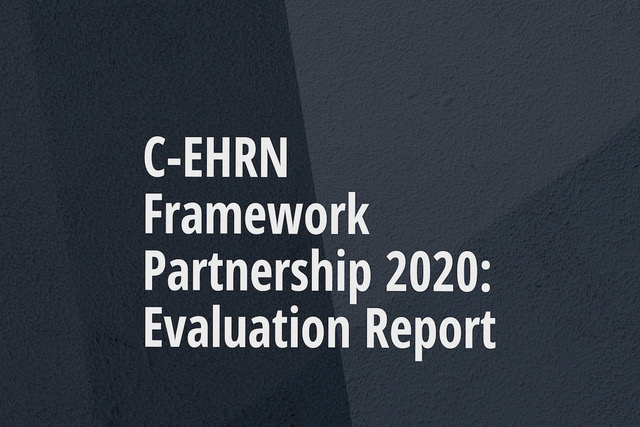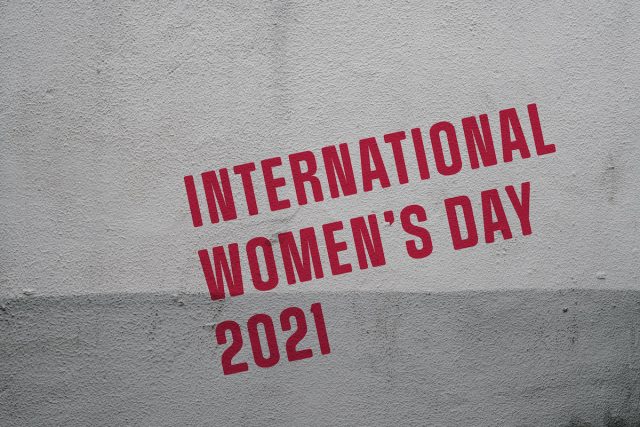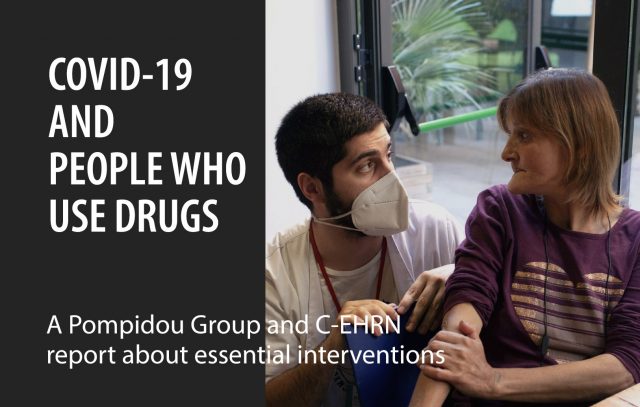Building a fairer, healthier world
Today we celebrate World Health Day 2021, with its motto ‘Building a fairer, healthier world’ during an unprecedented global pandemic. COVID-19 has hit all countries hard, with no exception. However, its impact has been most felt on those communities which were already in a vulnerable position. During this period, People Who Use Drugs were less likely to have access to quality health care services and more likely to experience adverse consequences as a result of the measures implemented to contain the pandemic, which has not only been unfair but preventable.
With this reality as its context, C-EHRN has recently published the Civil Society-led Monitoring of Harm Reduction in Europe 2020. This report gathers data on the experiences of harm reduction service providers and People Who Use Drugs at ground level in 34 European countries/cities via C-EHRN Focal Points. Through this publication, C-EHRN brings forward the voices and experiences of the front line regarding the implementation of drug policies and harm reduction. In this way, C-EHRN contributes to monitoring existing social and health inequities in Europe and supporting People Who Use Drugs to access quality services when and where they need them.
On this World Health Day, C-EHRN would like to take the opportunity to highlight the importance of timely and reliable data collection through the lens of civil society organisations and communities as a means towards assessing inequities and taking actions that have an impact.
Essential Harm Reduction Services in Europe
The Civil Society-led Monitoring of Harm Reduction in Europe 2020 shows that, although Europe represents one of the world’s regions with the greatest number of harm reduction services, geographic gaps and an uneven distribution of services continue to exist. Almost half of the countries worldwide where Needle and Syringe Exchange Programme and Opioid Substitution Treatment are available, are in Europe. Besides, ten out of twelve countries with officially sanctioned drug consumption rooms are European. Nevertheless, coverage of harm reduction services in Europe is still insufficient, especially to some sub-groups of people who use drugs such as women who use drugs, gay, bisexual and other men who have sex with men, people who use stimulants or non-injecting methods of drug use, people experiencing homelessness, and migrants in Western Europe. Stigma and discrimination against people who use drugs still hinder their access to care.
Hepatitis C & People Who Use Drugs
Despite the fact that people who inject drugs account for most new cases of hepatitis C virus (HCV) infections in Europe, HCV testing and treatment for people who inject drugs remains insufficient. Even though people who inject drugs are part of guidelines for testing and treatment in most European countries, there are barriers to its access in practice. HCV treatment may be only prescribed by specialists (as in 9 out of 34 cities partaking the Monitoring) or may not be possible outside of a specialised healthcare system (7/34). People who are currently using drugs might be prohibited to access HCV treatment, or it may be available only for those engaged in an Opioid Substitution Treatment programme.
Overdose Prevention
Overdose prevention also needs to improve in Europe. Drug overdose is a major cause of death in Europe, especially among young people. Naloxone, a life-saving drug able to revert an opioid overdose, is available in 80% of the cities partaking C-EHRN Monitoring. However, in the majority of cities it is available primarily to the medical staff at hospitals, ambulances, or in harm reduction services. Naloxone and take-home naloxone must also be widely available to harm reduction staff, and directly to people who use drugs, and their families and friends. Besides, most overdose response training and prevention campaigns focus on people who use opioids only, leaving unattended the increasing number of people who use stimulants and other New Psychoactive Substances. Stigmatisation and criminalisation of people who use drugs remain a challenge to overdose prevention since several people do not call for help or report an overdose in fear of punishment.
COVID-19
Particularly during the COVID-19 pandemic, people who use drugs reported an increase in police harassment and violence and difficulties to access basic needs due to lack of informal work and/ or tourism/ lack of money in general. On the other hand, some cities finally saw an increase in housing availability for people in situation of homelessness, and Opioid Substitution Treatment access became easier for many. These positive trends show that, with the right political will, services can be upscaled and threshold can be lowered, so more people who use drugs can be integrated into care, and the human rights of people who use drugs can be supported and secured.


